
How Large Companies Tackle Cyber-Security
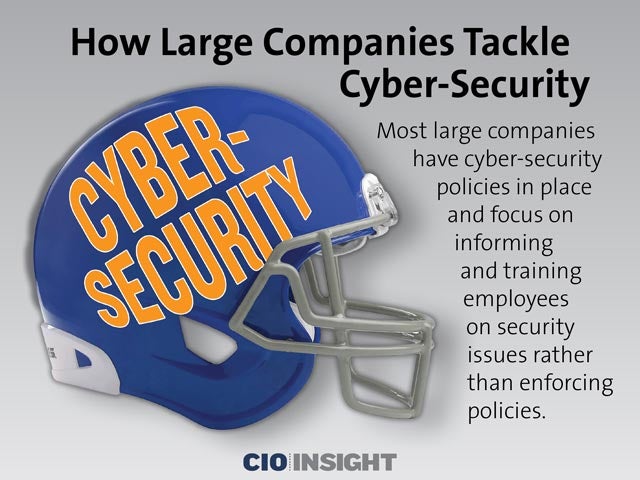 How Large Companies Tackle Cyber-Security
How Large Companies Tackle Cyber-Security
Most large companies have cyber-security policies in place and focus on informing and training employees on security issues rather than enforcing policies.
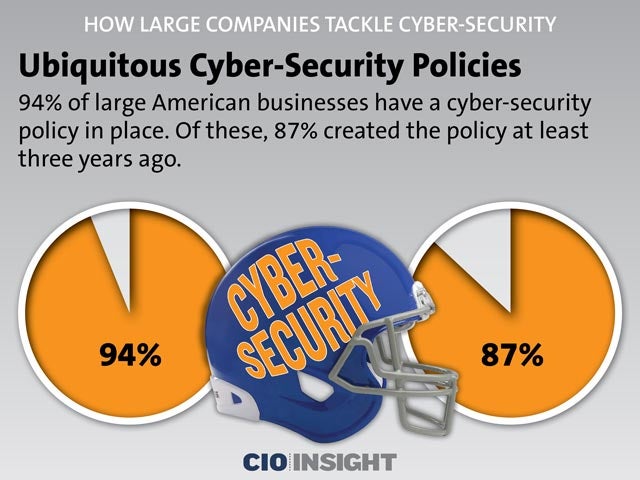 Ubiquitous Cyber-Security Policies
Ubiquitous Cyber-Security Policies
94% of large American businesses have a cyber-security policy in place. Of these, 87% created the policy at least three years ago.
 Elements of a Cyber-Security Policy
Elements of a Cyber-Security Policy
Required security software: 84%,
How to back up data: 81%,
How to detect scams: 79%,
How to report security incidents: 78%,
Requirements for regularly updating computers: 75%
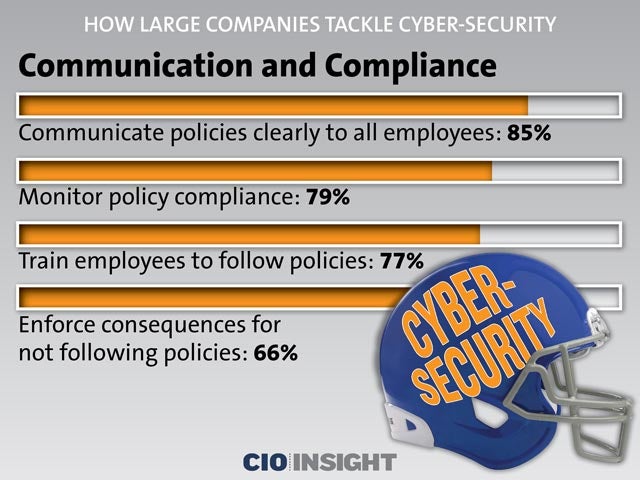 Communication and Compliance
Communication and Compliance
Communicate policies clearly to all employees: 85%,
Monitor policy compliance: 79%,
Train employees to follow policies: 77%,
Enforce consequences for not following policies: 66%
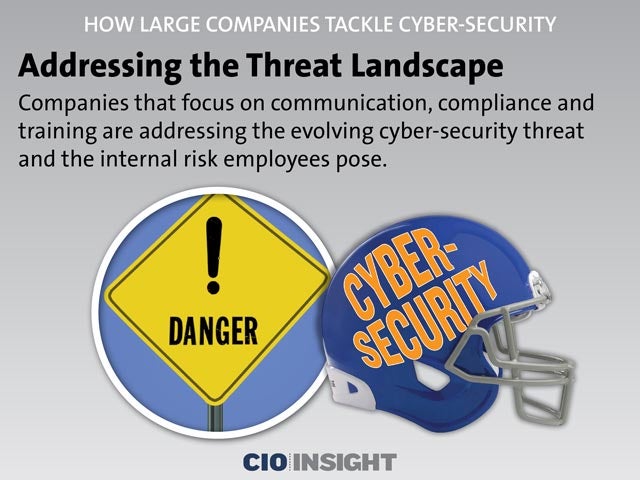 Addressing the Threat Landscape
Addressing the Threat Landscape
Companies that focus on communication, compliance and training are addressing the evolving cyber-security threat and the internal risk employees pose.
 Evolving Cyber-Threats
Evolving Cyber-Threats
Cyber-threats evolve with the introduction of new technologies, so the most effective way to combat perennial cyber-threats is to continually update and effectively communicate policies.
 Employees Are a Security Liability
Employees Are a Security Liability
Employees are a major security threat to every company. Their use of personal mobile devices and remote work are just two factors that put their company at risk.
 The Threat of Remote Work
The Threat of Remote Work
89% of the companies surveyed allow employees to work remotely, and 74% also allow them to use personal devices for work.
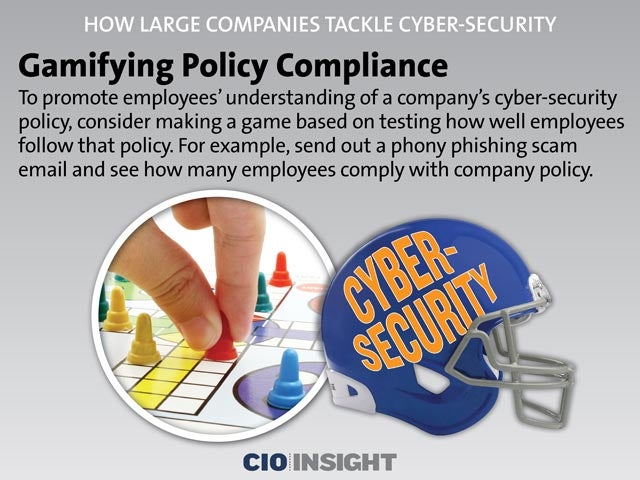 Gamifying Policy Compliance
Gamifying Policy Compliance
To promote employees’ understanding of a company’s cyber-security policy, consider making a game based on testing how well employees follow that policy. For example, send out a phony phishing scam email and see how many employees comply with company policy.
 Balance Enforcement With Concerns
Balance Enforcement With Concerns
Companies should balance employee concerns with enforcing the consequences of violating cyber-security policies. 47% of respondents said their company’s cyber-security policy is strict, but 52% characterized it as moderate.
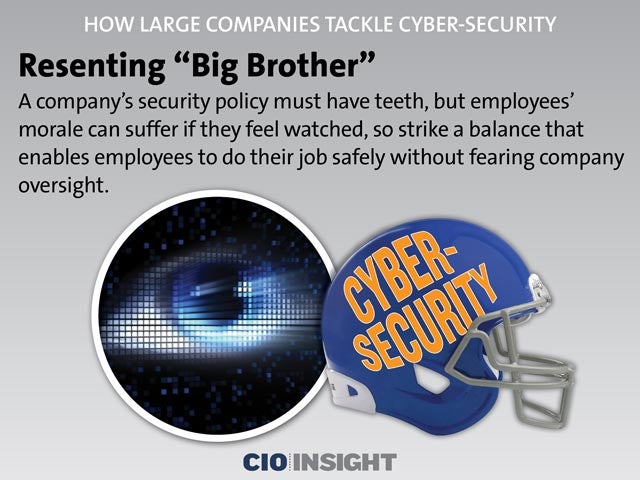 Resenting “Big Brother”
Resenting “Big Brother”
A company’s security policy must have teeth, but employees’ morale can suffer if they feel watched, so strike a balance that enables employees to do their job safely without fearing company oversight.
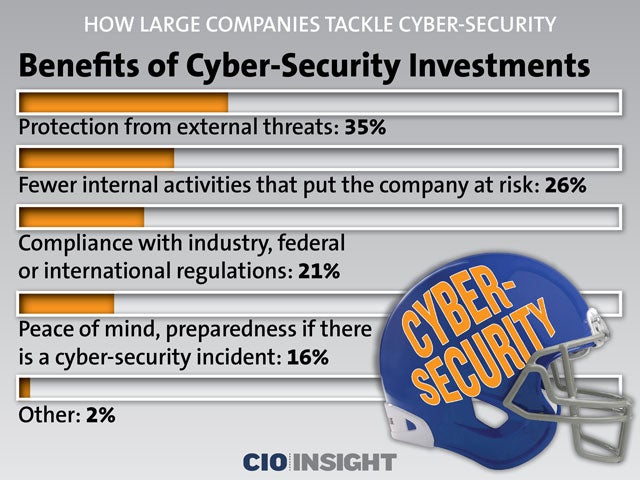 Benefits of Cyber-Security Investments
Benefits of Cyber-Security Investments
Protection from external threats: 35%,
Fewer internal activities that put the company at risk: 26%,
Compliance with industry, federal or international regulations: 21%,
Peace of mind, preparedness if there is a cyber-security incident: 16%, Other: 2%